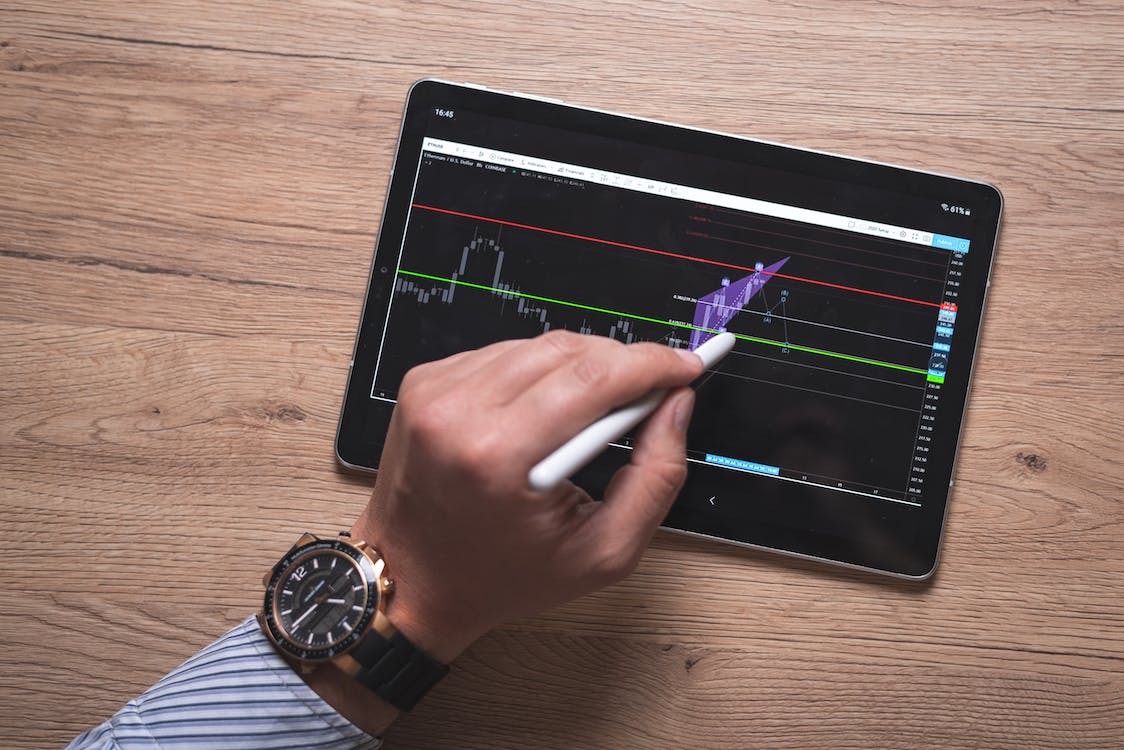As a business owner, here’s something you already know – weather conditions can play significant roles in your venture’s success. That’s especially because weather-related changes affect demand and supply. Unprecedented weather conditions can also cause delays that may give your competitors an advantage over you.
Fortunately, trading weather derivatives is one of the best ways to protect your business against such weather-related losses. Weather derivatives and options have become extremely popular among all kinds of enterprises during the last 20 years.
For example, energy firms can use weather derivatives to reduce the risk of fluctuating temperatures impacting their utility, power, and energy businesses’ demand and supply. Meanwhile, weather derivatives trading serves as a form of risk management for insurance firms, hedge funds, and even governments.
In this article, the brokerschart.it experts focus on showing you how you can trade the weather like a pro.
Know the Difference
The first thing you must learn when trading weather derivatives is the difference between them, weather insurance and commodity derivatives.
Weather insurance and derivatives differ in their payout structure. In weather insurance, you’ll only get benefits after proven loss. That’s because insurance companies are founded on the principle of indemnification.
However, with weather derivatives, you get paid out whether or not you have incurred a loss. You are eligible for a claim once the weather conditions meet the criteria listed in the index.
Meanwhile, weather and community derivatives differ in terms of volume. While commodity derivatives permit price hedging based on volume, weather derivatives base price hedging on real utilization or yield, both of which don’t depend on volume.

Know the Market
Now that you know the difference between weather derivatives, you have a fair idea of what you’re going into. The next step is to understand the market. You must know whether your business qualifies and needs to trade weather derivatives.
First, different companies can benefit from trading weather derivatives and options. For example, farming businesses whose crop yield and production depend largely on the weather will be wise to trade weather derivatives. This helps them to reduce their risk of huge losses during extreme weather conditions. Other companies that can benefit from trading weather derivatives include those event management, insurance, shipping, energy, etc. If you or your company is eligible to trade, you can get started by checking information about a reputable broker eToro https://brokerschart.it/migliori-brokers/etoro. Also, it’s a good idea to check the information you need to trade with Plus500 Broker, one of the best in the game (to be found here https://brokerschart.it/migliori-brokers/plus500).
Know What You Can Trade
Have you verified that your company can benefit from trading weather derivatives? Then the next step is to understand what you can trade and how to set indexes.
Heating Degree Days (HDD), Cooling Degree Days (CDD), and cumulative precipitation are common examples of weather derivatives many businesses use. While energy companies use the HDD index to protect themselves from freezing temperatures, CDD reduces risk during summer. Meanwhile, cumulative precipitation is mostly used by hydro, farming, and shipping businesses that are often affected by rainfall.
Companies can also wedge against snowfall levels, heatwaves, thunderstorm predictions, etc. Each one has a unique index that acts as the core of the weather derivative.
Understand Price Setting
The price of weather derivatives typically depends on current weather predictions/conditions, the value of payoffs throughout the previous two to three decades, and a safety net sum to cover damages. You can determine your desired payout amount using these criteria.
Note that in the US, the annual compensation of a trader in weather commodities ranges from $60,000 to $90,000. At the end of the day, the actual value depends on the state you work for, weather patterns, clientage, and the trading strategies you provide for weather options.
The Bottom Line
The weather derivatives market is growing rapidly around the world. And everything tells us that the interest of investors and investment amounts will grow in the near future. The popularity of this type of investment lies largely in the fact that weather instruments are a good way for reducing the risks associated with specific weather conditions. This connection to the weather allows companies to protect profits from adverse environmental conditions which is especially relevant for companies whose activities mainly depend on weather conditions.

